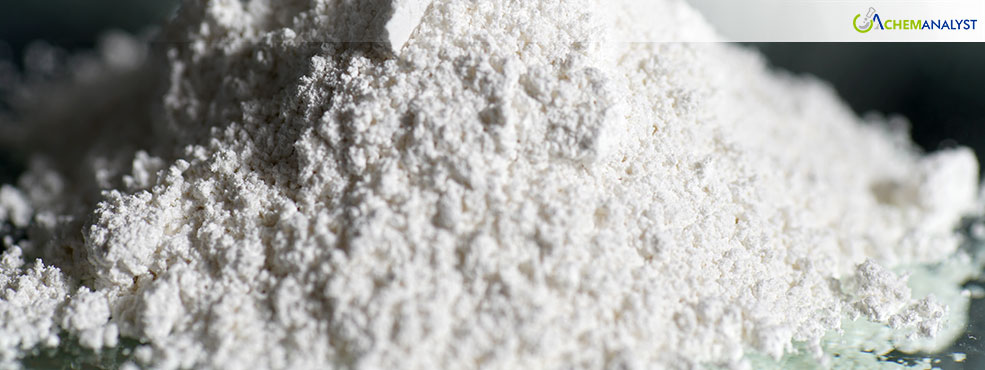Welcome To ChemAnalyst

In February, polyacrylic acid prices dropped in France and the Netherlands, weighed by slow demand from major consuming sectors and logistical hurdles. The fall represents the continuous woes of the market, particularly the construction and paint sectors, which are the most significant polyacrylic acid end-users. However, the demand from the cosmetics and personal care sector remained steady.
The polyacrylic acid market in France was particularly struggling with weak feedstock cost, high inventory levels, and diminishing demand from the construction sector. Demand in the paint and coatings sector was also sluggish, with a drop in new orders as proof. All these factors contributed to an overall unfavorable market build-up and the release of downward price pressures for polyacrylic acid.
In France, manufacturing saw cutbacks in the production of polyacrylic acid because of decreasing new order intakes and a need to handle high inventories. Nevertheless, given sufficient stocks to meet current demand, logistical problems, like the port strikes throughout the nation, caused immense delays and vessel backlogs. These strikes really affected port productivity, compounding material supply issues. Despite stock levels being sufficient for the time being, these ongoing problems will deliver a further truckload of challenges with respect to supply-and-demand ratios for polyacrylic acid in the long term.
The polyacrylic acid market in the Netherlands faced tough odds in February with weak demand from construction sector further adding to its woes. Dutch construction companies continued to reduce their new purchases of building materials, corresponding in part to diminished activity and a lack of projects. Continuing demand declines from key sectors combined with high inventory levels also drained demand in the market.
While there was a slight uptick in new orders, production for polyacrylic acid in the Netherlands remained steady because of high inventory levels that met the rather subdued downstream demand. On the other hand, the good yard congestion, labor shortages, and strikes at key terminals such as Rotterdam's ECT terminal have caused interruptions in the supply chain, leading to delays and vessel backlogs. These logistical bottlenecks further elaborate supply problems that could plague the market in the future.
In both France and the Netherlands, low demand from the construction and paint sectors, along with supply chain disruptions, created a very challenging market for polyacrylic acid in February. Present stock might be enough to cover domestic consumption; yet, long-lasting logistical shortages, together with low demand from other key sectors, might trigger price fluctuation going forward.
We use cookies to deliver the best possible experience on our website. To learn more, visit our Privacy Policy. By continuing to use this site or by closing this box, you consent to our use of cookies. More info.
